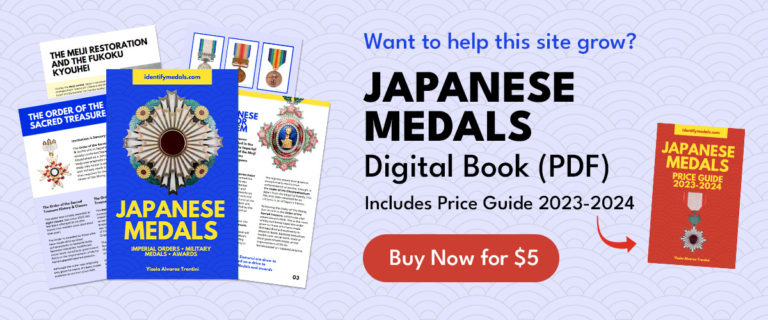Medals, Orders, & Decorations
from Japan
All Japanese Military Medals & Awards
The Japanese honor system originated in the 1870s, during the Imperial era, shortly after the Meiji Restoration, and was modeled on European honors system. The first order, the Imperial Order of Meiji was established in 1875, and was later renamed the Order of the Rising Sun. Its badge features rays of sunlight and symbolizes energy as powerful as the rising sun, in parallel with the concept of Japan as the Land of the Rising Sun, and was awarded for meritorious civil or military service by the Emperor. Bit it’s another award, The Order of the Paulownia Flowers, that ranks higher in order. It was established in 1888 and was (and still is) given to individuals with many years of outstanding accomplishments, particularly in public and political life.
Quick jump to: Japanese Imperial Orders – Japanese Military Medals – Japanese Commemorative Medals
Popular Japanese Medals, Orders & Decorations
Japan has a rich tradition of recognizing distinguished service, bravery, and contributions to society through a wide array of medals, orders, and decorations. These honors reflect the nation’s deep appreciation for excellence in various fields, from military achievements to contributions to arts, culture, and public service. Here are some of the most renowned and esteemed medals, orders, and decorations currently and previously bestowed by Japan:
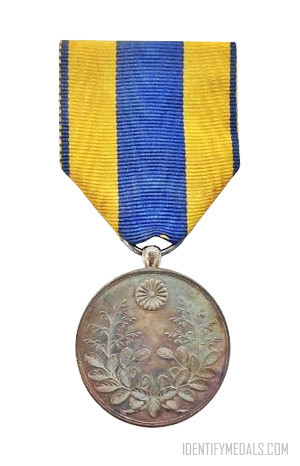
The Crown Prince’s Visit to Korea Commemorative Medal
The Crown Prince’s Voyage to Korea Medal was established in 1909 to commemorate Prince Yoshihito’s trip to the Korean Empire in 1907.
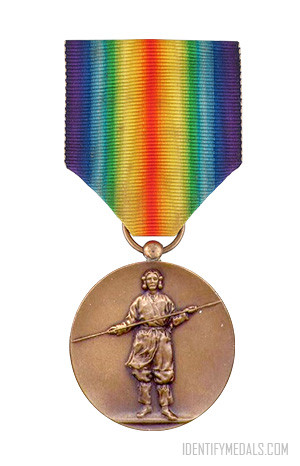
The Inter Allied Victory Medal (Japan)
The Allied Victory Medal was recommended by an inter-allied committee in March 1919. The Japanese Medal was established by Imperial Edict.
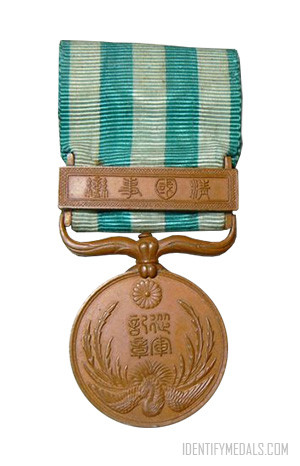
The 1900 Boxer War Medal (Japan)
The 1900 Boxer War Medal was a Japanese medal created by Imperial Edict in 1901 to commemorate those that fought during the Boxer Rebellion.
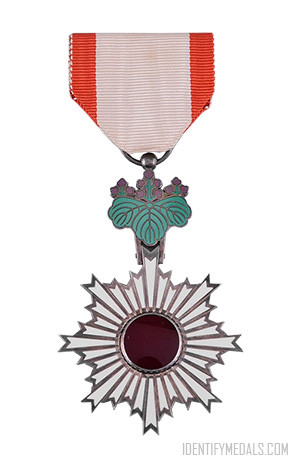
The Order of the Rising Sun
The Order of the Rising Sun (Kyokujitsu-shō) was the first national decoration awarded by the Japanese government, established in 1875.
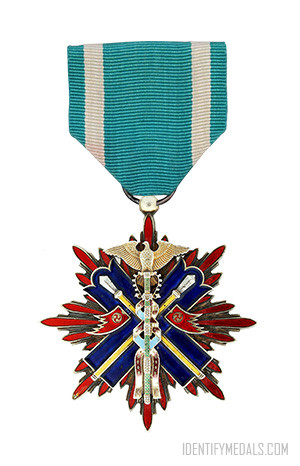
The Order of the Golden Kite
The Order of the Golden Kite was an order of the Empire of Japan established in 1890 by Emperor Meiji “in commemoration of Jimmu Tennō”.
Japan's Highest Award
The highest award ever given to exceptionally meritorious achievements or service is The Order of the Chrysanthemum which, apart from the Imperial Family, was only awarded to only six citizens in Japan’s history. Following in rank to the Order of The Rising Sun is the Order of the Sacred Treasure, also established in 1888 and the most widely conferred Japanese order. The medal is given to those who have made distinguished achievements in research fields, business industries, health care, social work, state or local government fields, or the improvement of life for handicapped or impaired persons.
Japanese Imperial Orders
Japanese orders represent the influence of Western culture on Japan and reflect the rapid cultural and social change in the country since the late 19th century. The highest decoration awarded by the Japanese state is the The Supreme Order of the Chrysanthemum, founded in 1876 by Emperor Meiji. The the lowest Japanese order is The Order of the Precious Crown, instituted by Emperor Meiji as well in 1888.
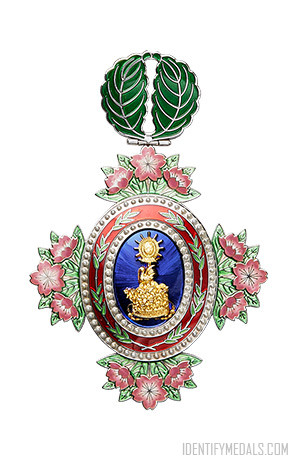
The Order of the Precious Crown
The Order of the Precious Crown (Hōkan-shō) is an Order from Japan established in 1888 by Emperor Meiji and usually reserved for females.
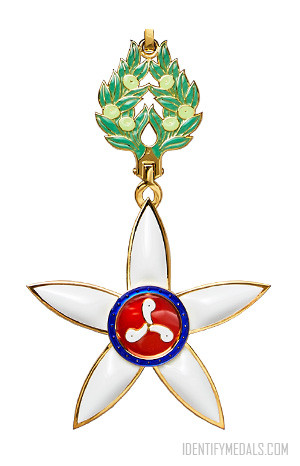
The Order of Culture (Japan)
The Order of Culture (Bunka-kunshō) is an order of Japan established in 1937 and conferred by the Emperor of Japan in person.
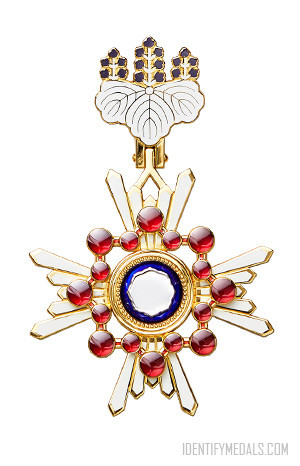
The Order of the Sacred Treasure
The Order of the Sacred Treasure (or 瑞宝章 Zuihō-shō) is the most widely conferred Japanese order. It was established in 1888 by Emperor Meiji.

The Order of the Rising Sun
The Order of the Rising Sun (Kyokujitsu-shō) was the first national decoration awarded by the Japanese government, established in 1875.
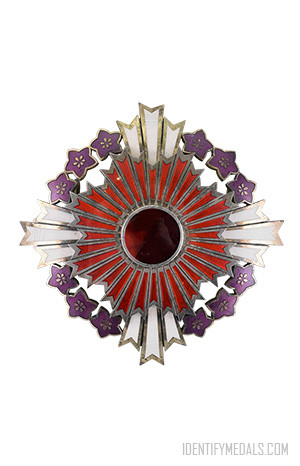
The Order of the Paulownia Flowers
The Order of the Paulownia Flowers is an order presented by the Japanese government and established in 1888 during the Meiji Restoration.
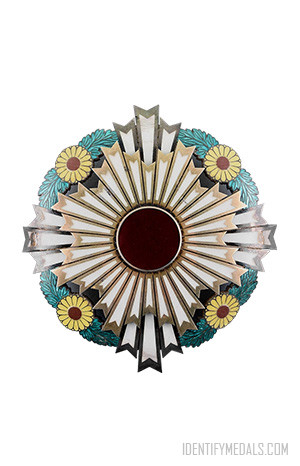
The Order of the Chrysanthemum
The Supreme Order of the Chrysanthemum is is the highest possible honor a Japanese citizen can be awarded during his or her lifetime.

The Order of the Golden Kite
The Order of the Golden Kite was an order of the Empire of Japan established in 1890 by Emperor Meiji “in commemoration of Jimmu Tennō”.
Japanese Military Medals and Badges
Although the tradition of making commemorative badges dates back to the Taisho era (1912-1926), from 1930 onward there seems to be an increase in the number of military badges and medals being made. These were awarded for many occasions and could be both military and civilian.
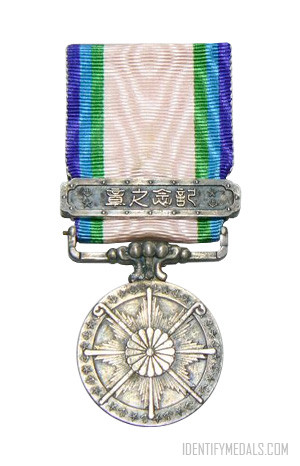
The 1941-45 Great East Asia War Medal
The 1941-45 Great East Asia War Medal (Daitōa sensō jūgun kishō) is a Japanese medal established on June 21, 1944 by Imperial Edict No. 417.
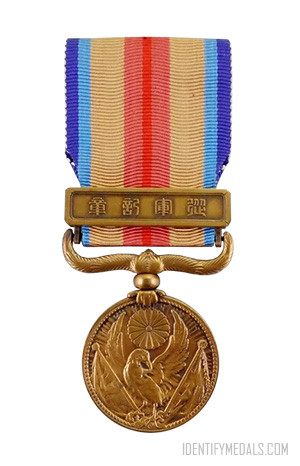
The 1937-45 China Incident War Medal
The China Incident Medal was established in 1939 and awarded for service at any time from the 12th to the 20th years of the Shōwa period.

The Inter Allied Victory Medal (Japan)
The Allied Victory Medal was recommended by an inter-allied committee in March 1919. The Japanese Medal was established by Imperial Edict.
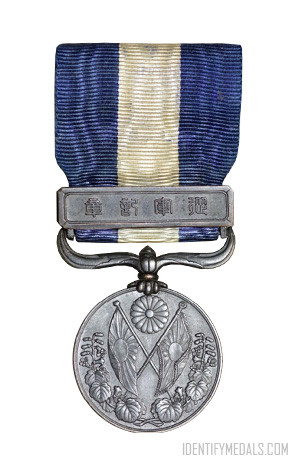
The 1914-20 First World War Medal
The 1914-20 First World War Medal is a Japanese medal established in 1915 to commemorate Japanese participation in World War I.
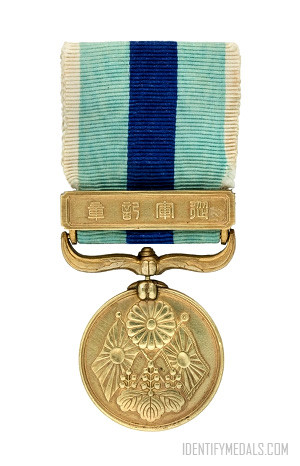
The Russo-Japanese War Medal
The Russo-Japanese War Medal was established in 1906 in recognition of those who served in the Russo-Japanese War during the Meiji period.

The 1900 Boxer War Medal (Japan)
The 1900 Boxer War Medal was a Japanese medal created by Imperial Edict in 1901 to commemorate those that fought during the Boxer Rebellion.
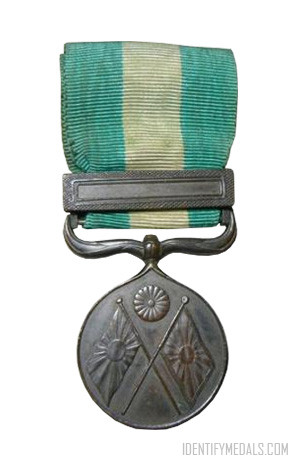
The 1894-95 Sino-Japanese War Medal
The 1894-95 Sino-Japanese War Medal was awarded in commemoration of the First Sino–Japanese War, which lasted from 1894 to 1895.
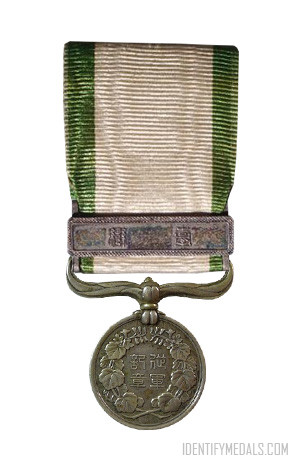
The 1874 Formosa Expedition War Medal
The 1874 Formosa Expedition War Medal was established in 1875 to commemorate the 3000 Japanese warriors who went to Formosa.
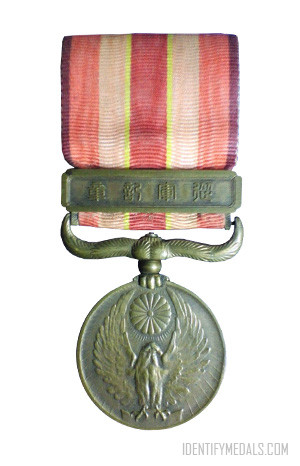
The 1931-34 China Incident War Medal
The China Incident Medal (Sina jihen jugun kisho) medal was created in 1939 and awarded for service in China during the Shōwa period.
Further Reading About Japan
For those interested in delving deeper into Japan’s military history, there is a wide range of books available that offer valuable insights and comprehensive accounts. Here are some ideas:
-
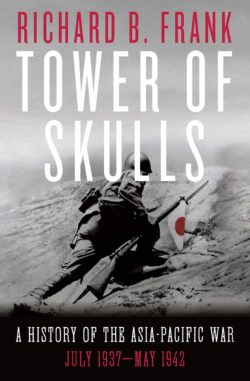
Tower of Skulls: A History of the Asia-Pacific War: July 1937-May 1942
$19.79 Get it from Amazon -
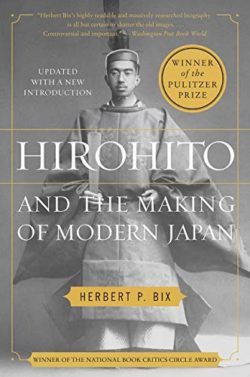
Hirohito and the Making of Modern Japan
$21.99 Get it from Amazon -
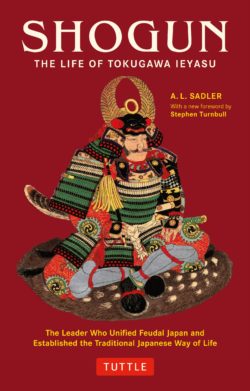
Shogun: The Life of Tokugawa Ieyasu
$24.95 Get it from Amazon -
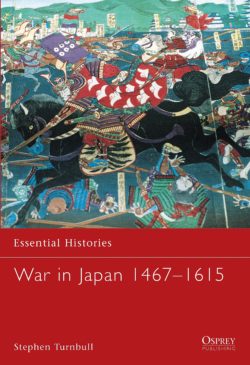
War in Japan 1467–1615 (Essential Histories)
$19.19 Get it from Amazon -
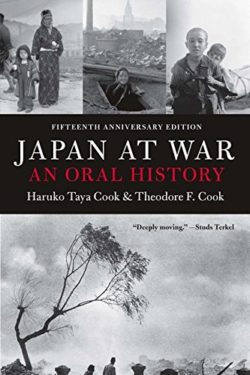
Japan at War: An Oral History
$19.95 Get it from Amazon
Japanese commemoration Medals
and Other Awards
Hopefully, we’ll be able to see these awards being handed to many more people, as the majority of them are not given by military reasons exclusively. If this was the case, it would be a shame, as article 9 of the Japanese Constitution outlaws war as a means to settle international disputes involving the state.
This Constitution came into effect on May 3rd, 1047, right after the ending of World War II. In its text, the state formally renounces the sovereign right to belligerency and aims at an international peace based on justice and order. It also states that armed forces with war potential will not be maintained. This clause was written and imposed by the United States, although Japan has Self-Defense Forces.
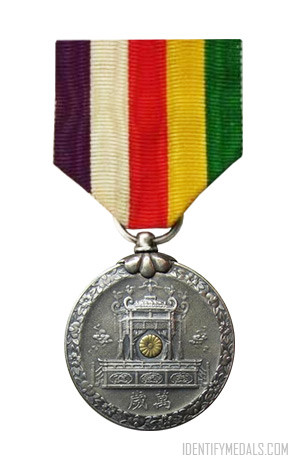
The Showa Enthronement Commemorative Medal
The Showa Enthronement Commemorative Medal was created to celebrate the ascension of Emperor Hirohito (the Showa Emperor) to the throne.
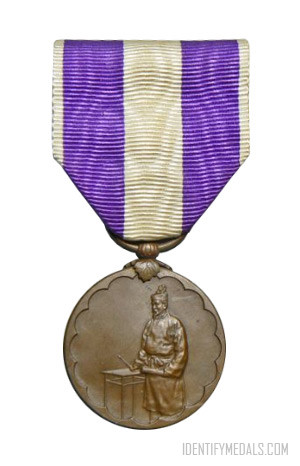
The 1920 Japan Census Medal
The 1920 Japan Census Medal was given to official census takers or those employed by the census bureau. It was instituted by Imperial Edict.
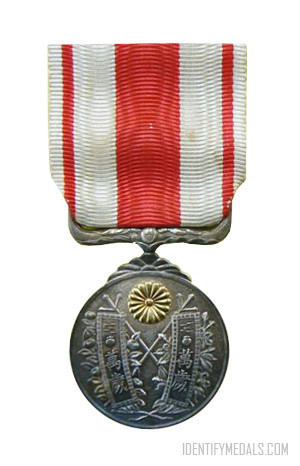
The Taisho Enthronement Commemorative Medal
The Taisho Enthronement Commemorative Medal was created to celebrate the ascension of the Taisho Emperor to the throne in 1912.
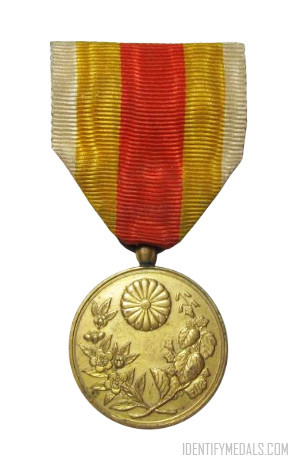
The Korean Annexation Commemorative Medal
The Korea Annexation Commemorative Medal was first established in 1912 to commemorate the forced occupation of Korea by Japan.

The Crown Prince’s Visit to Korea Commemorative Medal
The Crown Prince’s Voyage to Korea Medal was established in 1909 to commemorate Prince Yoshihito’s trip to the Korean Empire in 1907.
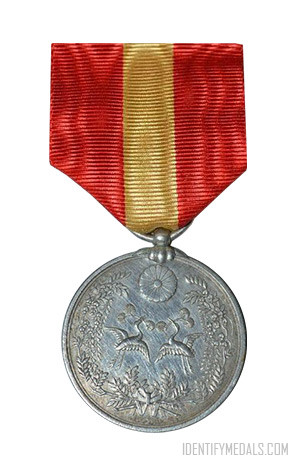
The Meiji Emperor 25th Wedding Anniversary Medal
The Meiji Emperor 25th Wedding Anniversary Medal was created to commemorate the wedding anniversary of the Meiji Emperor.
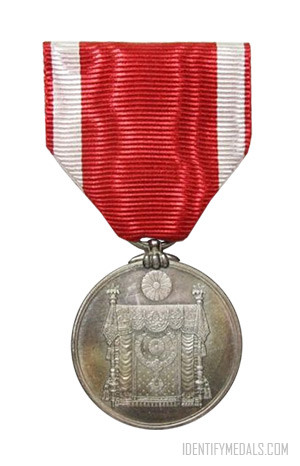
The Commemorative Medal for the Imperial Constitution Promulgation
The Commemorative Medal for the Imperial Constitution Promulgation was established in 1889 to celebrate the first constitution of Japan.
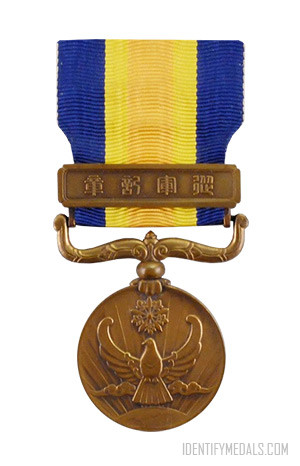
The Manchukuo Border Incident War Medal
The Manchukuo Border Incident War Medal was instituted in 1940 and commemorates the Nomonhan Incident, a clash with Russia in Manchuria.
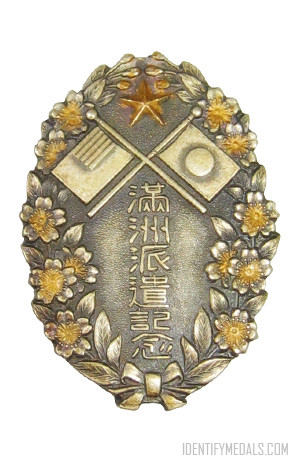
The Manchukuo Army Dispatch Badge
The Manchukuo Army Dispatch Badge was awarded to commemorate a unit’s service in Manchuria. During the 1930s, these badges were common.
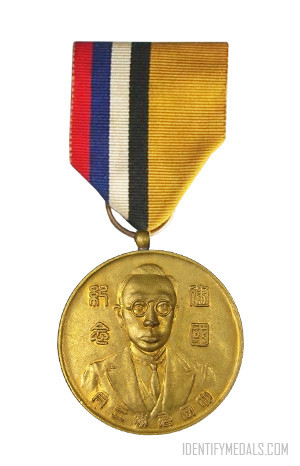
The Manchukuo National Foundation Imperial Medal
The Manchukuo National Foundation Imperial Medal is one of the rarest Manchukuo medals, believed to be a personal award from Emperor Pu-Yi.
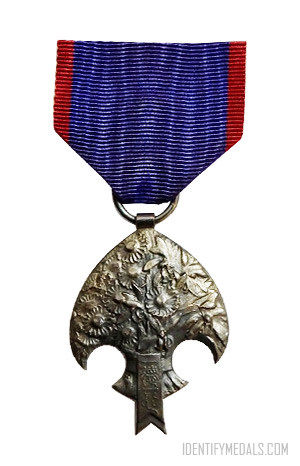
The Manchukuo Emperor State Visit to Japan Medal
The Manchukuo Emperor State Visit to Japan medal was established in 1935 to commemorate the Manchukuo Emperor Pu-Yi’s visit to Japan in 1934.
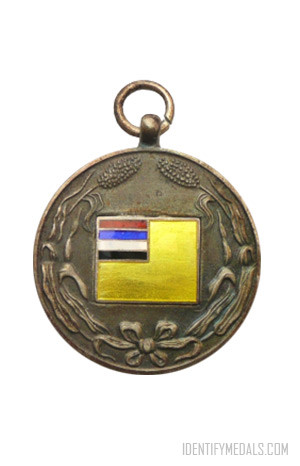
The Commemorative Badge for the Foundation of the Manchukuo Empire
The Commemorative Badge for the Foundation of the Manchukuo Empire is a commemorative item made to celebrate its founding.
Find Japanese Medals Online
Unlock a world of history and heritage by exploring Japanese medals available on eBay. These items range from military honors bestowed during significant historical periods to civilian awards recognizing contributions to Japanese society.

